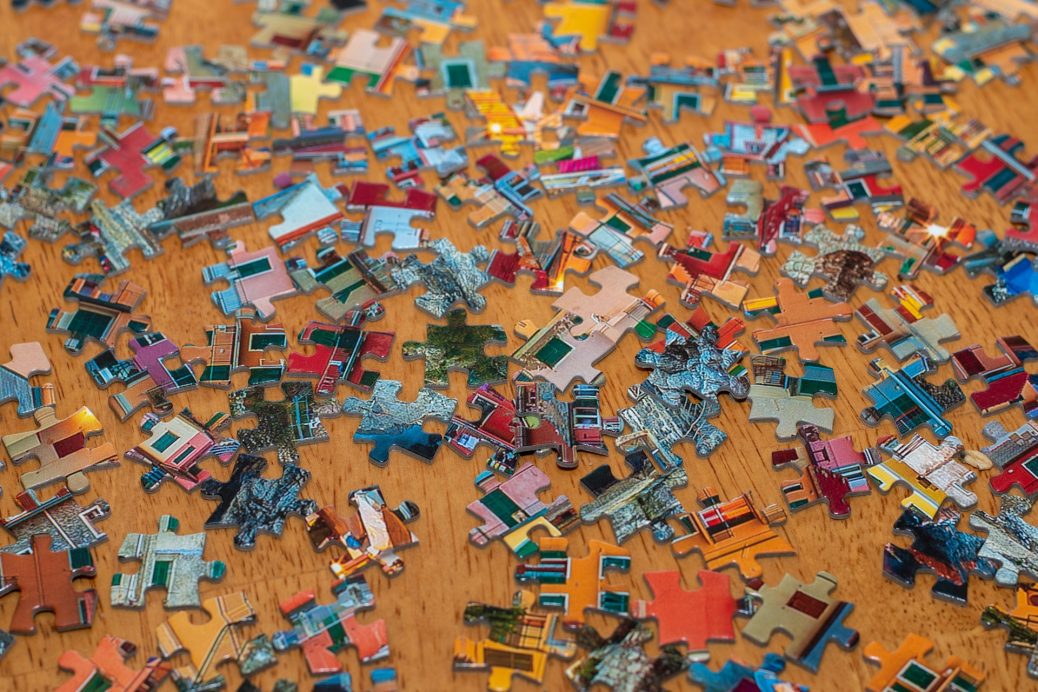Parents of children with autism are always in search of different ways to find out how they can improve eye contact of children with autism. Many children make eye contact easily, but for children with an autism spectrum disorder or who lacked stimulation in the earlier years or had youth trauma, eye contact is away from them. Some children find it irritating while others can find it very hurting.
Guiding eye contact is challenging and complex, as the problem is focusing and looking into the eyes. However, it is a significant skill, as in our society individuals who do not give proper eye contact are believed weird. Children with Autism manage to see to the side of individuals rather than look into their eyes.
In numerous circumstances, people will assume the child is not giving concentration if they do not provide eye contact. Nevertheless, we must be careful, as multiple children find looking at people very irritating and even listen with closed eyes.
Here are some ways and tips which can be helpful where you can find out simple and easy strategies on how to improve eye contact in autism.
Best tips to improve Eye Contact
- Set appropriate examples for eye contact in front of your children. Always look into your children’s eyes when you speak to them.
- Get things up to your eye level to enable your youngster to examine those. first, they may only look at that, but slowly some eye connection will occur.
- If your child comprehends what you suggest, you can say, Look at me or look at your ball.
- You can make him realize by giving him clues, like rubbing your youngster’s chin can be a clue to look at you, but do not do this harshly or forcefully.
- Do it while you are standing or when your child takes a swing/rocking horse etc. You can stop the swing and say are you ready and count one, two and – wait for a while he may look at you and say three and you can encourage him to do this action.
- Blowing bubbles, and waiting for the bubbles to blow is frequently a good method of initiating eye contact.
- Use a mixture of forms to achieve your youngster’s eye contact. Do not constantly irritate them by saying, again and again, Look at me, look at me.
- Some kids like to participate in gross motor movements like sports and love to take the swing, catch and throw. The youngster provides involuntary eye contact while doing these exercises.
- Praise all these eye contacts, with good gestures and words.
Importance of Eye-Tracking Skills
Caregivers and teachers should give importance to teaching the importance of eye-tracking skills to children. Some children can learn to track, or follow, an object with their eyes with some practice with time. This skill has importance when using visual and coordination like eye-hand coordination. It is also a significant part of eye contact.
Suggested Tips for Teaching Eye Tracking
- Blowing bubbles, balloons or feathers.
- Sparklers move around and ask a child to track them.
- Doing torch activities with kids and asking them to track the light on the wall. Cover the torch with various shades to create it attractive.
- Use remote control toys. Use the remote to Pull back and up to follow the object.
- Rolling or throwing the ball while changing the speed of the ball.
- Throwing rings at target things.
- Looking at the images or paintings can be fantastic. But images and pictures should be big and colourful.
- If they like to solve puzzles then they will easily look to make the puzzle.
- Cartoons or other shows can prepare them to look and can improve eye contact.
You can read our other articles related to autism Eye Contact of Autism Spectrum Disorder, Play Therapy for ASD Children and Adults, and Who needs Speech Therapy?


